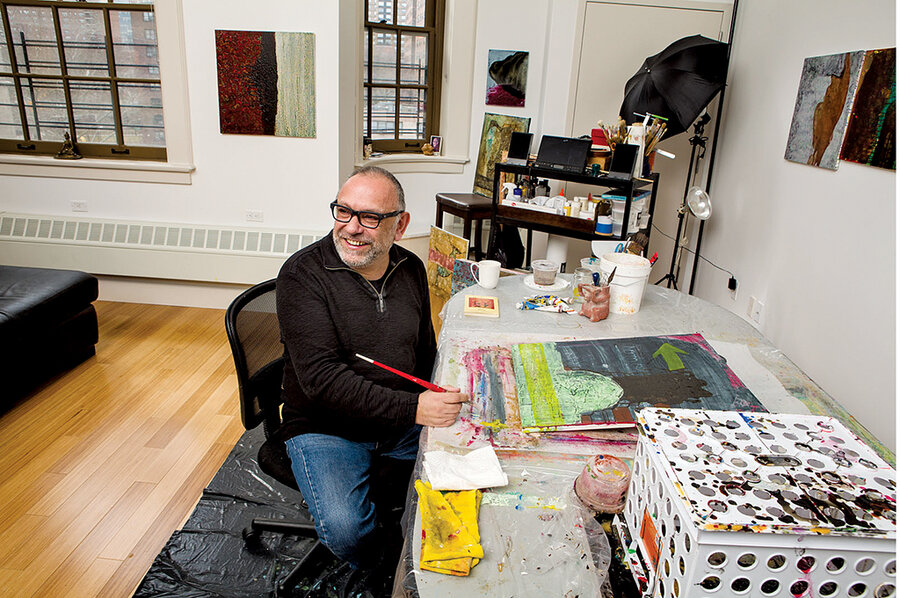Artists' co-ops help urban rents stay affordable
Loading...
After Angie Hall Sandifer lost her job as a telecommunications process analyst, she found a new purpose and opportunity in art. Now she designs and manufactures hats for brides and Kentucky Derby fans. But the best part is that she makes her creations in her St. Paul, Minn., home, which is part of an affordable housing co-op for artists.
The Northern Warehouse Artists’ Cooperative was an early project of Minneapolis-based Artspace, which in the past three decades has developed dozens of live-work projects around the country. It’s part of a growing national effort to combine artistic efforts and economic and community development.
Also part of the effort is ArtPlace America, which, with support from foundations such as Ford and Rockefeller, distributes grants for projects that put art and artists at the center of urban development. The National Endowment for the Arts has a similar grant program.
In St. Paul, Ms. Hall Sandifer has seen artists over the past 10 years endow her Lowertown neighborhood with a cultural cachet that in turn has drawn more development. Urban planners hope for similar results in Loveland, Colo., where Artspace is helping transform a 19th-century mill and vacant lot into affordable housing, a business incubator, an art gallery, and performance space. Colorado's Gov. John Hickenlooper announced in July that, with help from Artspace, more such projects would be built across the state's rural area over the next eight years.
“We have some artists who raised their children and have grandchildren who are still in our buildings,” says Wendy Holmes, an Artspace senior vice president who wants to ensure artists can afford to live in the neighborhoods they help to make trendy. The need was underlined when Artspace got 53,000 applications for 89 apartments in its first Manhattan, N.Y., project, PS109, a converted East Harlem school.
Among the new PS109 residents are Sybille Bruun; her husband, Tyler Moss; and their twin infant sons. The couple runs their theater education organization out of PS109. With affordable rent, they no longer have to hold jobs outside the arts, and have more time to teach young people.





